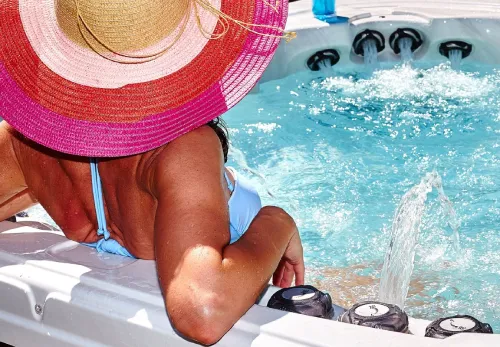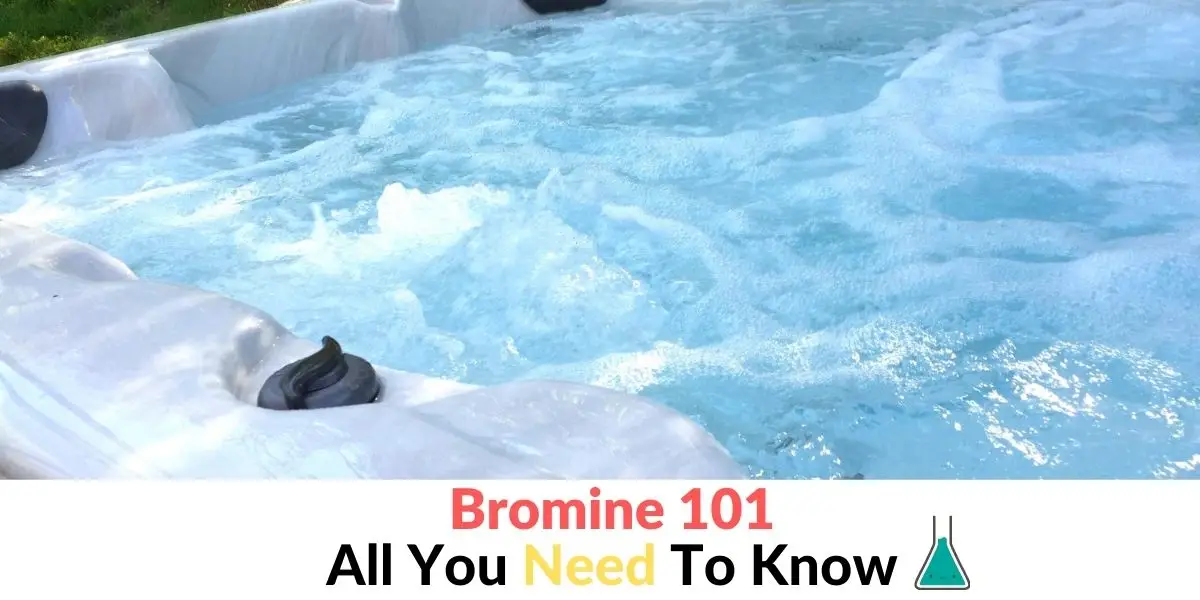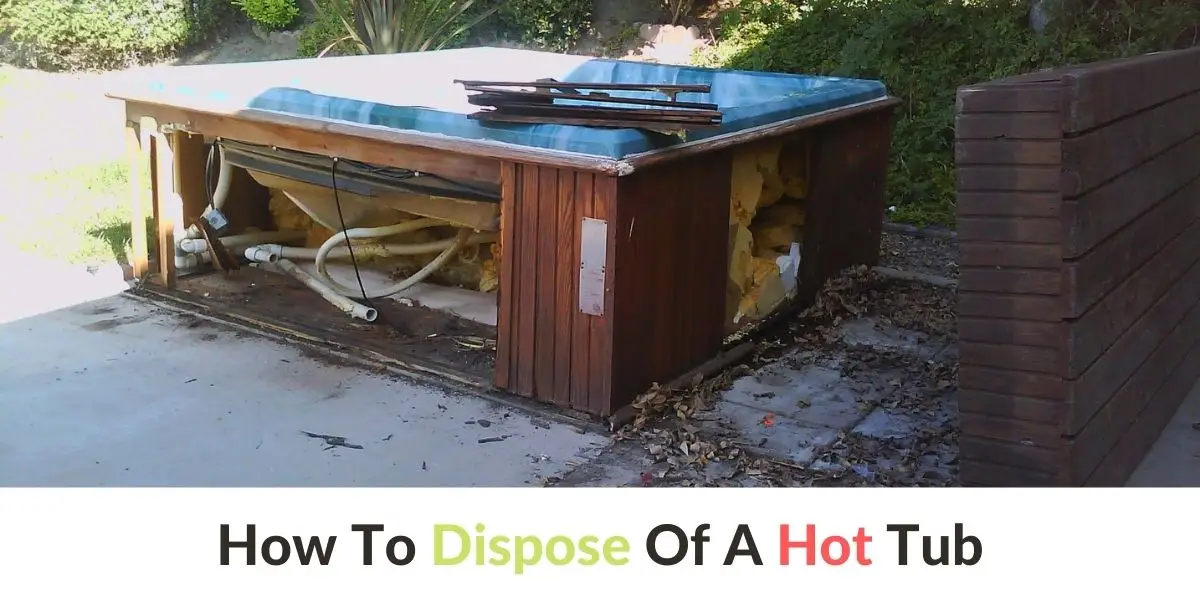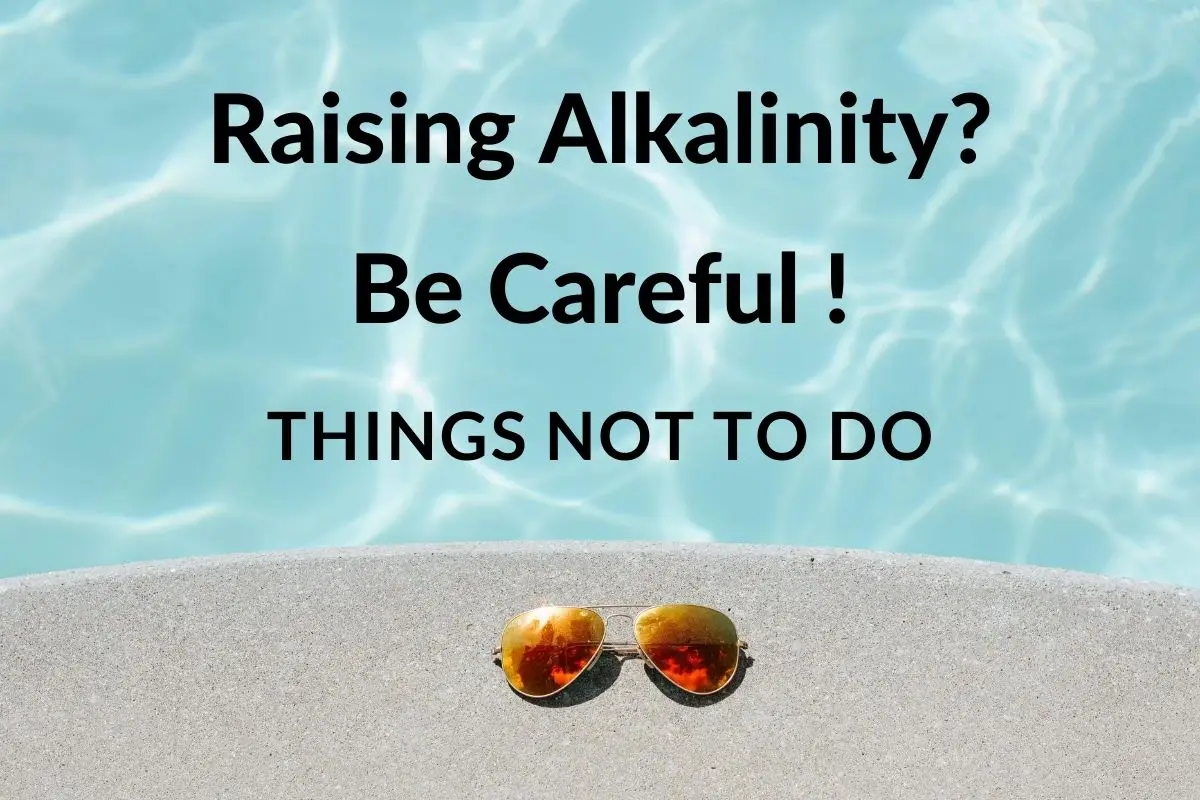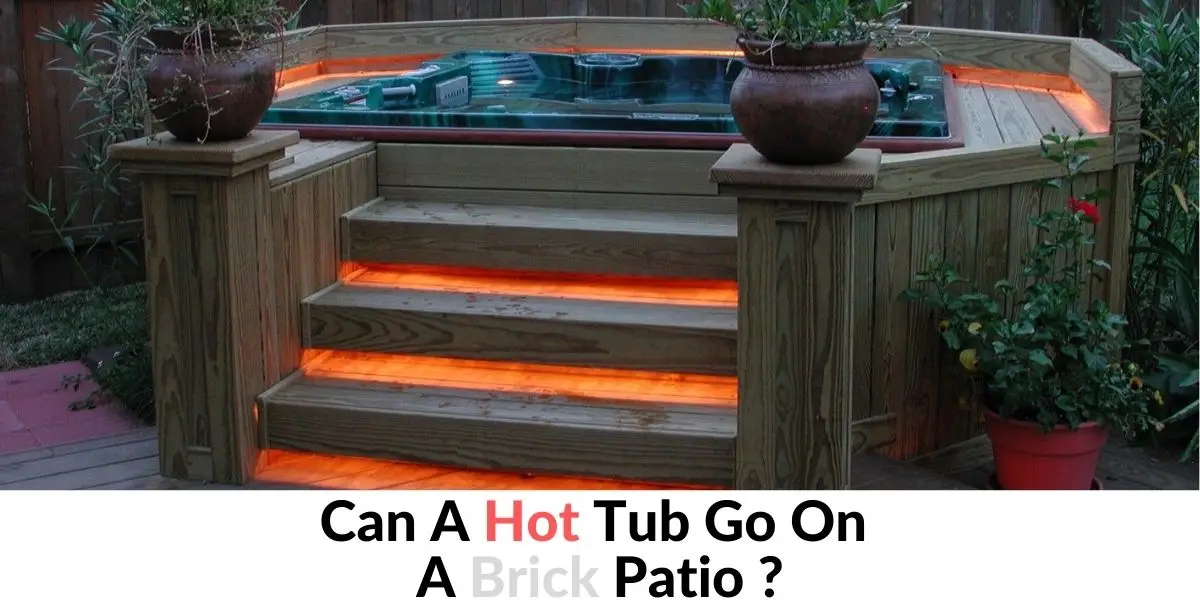⚡Can I Use An Extension Lead With My Hot Tub? [No]
Extension leads should never, under any circumstances be used with hot tubs. The cords provided with hot tubs are the appropriate length and gauge for a current to flow safely from the electrical outlet being utilized to the hot tub.
However, using an extension lead forces the current to travel further between the electrical outlet and the hot tub. As a result, users risk experiencing a drop in voltage or cord overheating.
Can you Plug a Hot Tub Into a Regular Outlet?
Hot tubs that operate at 110 V can be plugged into standard home outlets that are protected by a ground-fault circuit interrupter (GFCI). These types of hot tubs are typically known as being “plug and play” hot tubs. However, standard 220 V hot tubs cannot be used with standard outlets.
Most 110 V hot tubs are lower in cost and do not require owners to hire electricians for installation. As a result, they often save owners a significant amount of up-front cash and can be installed extremely quickly and are fairly easy to move as all one has to do is plug it in to a nearby outlet, fill it up, and enjoy the water!
Have you Gotten your Hot Tub Accessories this Year?
Honestly, when I experienced a hot tub for the first time, it was good enough for me. It hasn’t gone a lot before I thought how cool it would be to have a drink in my hot tub, watch a game or bring my food with me. I had no idea people already made things for your hot tub so you can do just that. I have a long list of hot tub accessories that might be interesting to you. Click here to read the article.
However, 110 V hot tubs cannot draw enough power to allow them to run full-sized jet pumps or heaters. This means that 110 V hot tubs have weaker jets than their 220 V counterparts and less of them.
Additionally, due to the lack of power, heaters in 110 V hot tubs must run for longer periods in order to heat the water. Also, they cannot run pumps and heaters at the same time.
This means that water can turn very cold very quickly. The longer running times and extra effort required by 110 V hot tubs can cause energy bills to skyrocket and cost owners much more money than 220 V hot tubs over a period of time.
So, while hot tubs with 110 voltages can be plugged into regular outlets, owners are most likely better off spending a little extra money on hot tubs with higher voltages that cannot be plugged into regular outlets and require installation through an electrician.
What is An Electric Shock (From Hot Tub)?
In an electric shock, the current is conducted through the skin into the body. The effect of the shock depends on the current and the duration of the current flow, not just the voltage. A current of 1 mA produces a slight tingling sensation, but when the current increases to 20 mA, the muscles contract, and the person cannot let go of an object. Above 20mA, breathing may stop.
The main risk is the current flowing through the heart. When a current of about 50mA or more flows through the heart, it stops beating efficiently.1 The heart muscle cells begin to contract randomly and uncoordinatedly, preventing the heart from pumping. The cells of the heart muscle begin to contract randomly and uncoordinatedly, preventing it from pumping. A shock from a defibrillator is needed to numb the heart in hopes that the special cells that normally make it beat in an organized way will begin to work again.
Why can’t you Use an Extension Cord on a Hot Tub?
Using an extension lead on a hot tub can slow the power source and potentially cause irreversible damage to the hot tub. The factory-issued cords that come with standard hot tubs are considered to be the appropriate length for electrical currents to run to and from a hot tub and its power source.
Therefore, extending the length at which electrical currents must travel creates a drop in voltage which means that the hot tub will run off a weaker power source.
The drop in voltage also has the potential to cause damage to any electric motors that may be running in the hot tub. Finally, extension cords are not weatherproof and are therefore dangerous to use, particularly when it comes to water.
Can I Use an Extension Lead with my Hot Tub?
Extension leads cannot be used with hot tubs for many of the same reasons that extension cords cannot be used. As previously mentioned, hot tubs come with cables designed to work properly at suitable lengths for nearly all hot tub needs.
Therefore, extending the cord creates damage to the hot tub itself, most often through electric motors, and reduces the amount of power being supplied.
However, if the cable provided with the purchase is not long enough for whatever reason, owners should hire a qualified electrician to install an outdoor socket that is grounded and has residual current device (RCD) protection. This socket should be grounded at least four meters aways from the hot tub and should be raised a minimum of one point two meters from the ground in order to ensure proper functioning of the hot tub and the safety of everyone who may use it.
Have You Considered Switching From Chlorine To Bromine?
There’s been a trend where people are switching from chlorine to bromine. I feel there is not a lot of information about that transition and how to go about it since you can’t mix the two. I have addressed the most common misconceptions about this in the following article.
Can I Put an Extension Cord on an Extension Cord?
Technically speaking, extension cords can be plugged into other extension cords. However, it is not recommended as it is extremely dangerous to do so. Connecting two extension cords to one another is considered to be a severe fire hazard. In fact, plugging extension cords into one another goes against both the Occupational Safety and Health Administration (OSHA) and National Electric Code (NEC) regulations
How Long are Hot Tub Power Cords?
Typical power cords for hot tubs are twelve inches in length and come with a ground-fault circuit interrupter (GFCI) plug. This length is more than enough to meet the recommendations for hot tub installation which strongly advise placing the hot tub at least five feet away from its power source in order to prevent any water from coming into contact with and damaging the outlet.
How Far Should a Hot Tub be from the House?
There are no exact limits on how close or far a hot tub should be to a house. However, there are precautions that must be adhered to when installing an outdoor hot tub. For instance, the hot tub’s cord must be plugged into a covered outlet at least five feet from the hot tub itself to ensure the safety of everyone using the hot tub. As a result, in most cases a hot tub should be placed at least five feet from the owner’s house.
However, the distance a hot tub is located from the house should be carefully considered if the climate gets extremely cold. For instance, if snow has to be shoveled out of the way, owners will likely not want to shovel huge pathways or have to run long distances to and from the house in the middle of winter.
Similarly, placing a hot tub relatively close to the house allows for easily accessible water supplies. For example, if a garden hose can reach the hot tub, maintenance routines can easily be maintained, and there will be less of a risk of bacterial growth in the hot tub.
So, as long as the power cord is plugged in at least five feet away from the hot tub, it is wise to place a hot tub as close to the owner’s house as possible.
Why is an RCD so Important?
A ground fault circuit interrupter is a device that monitors the power supply, and when it detects a leak, it cuts off the power supply. Usually it is confused with a circuit breaker. If you look at the pictures below, you can see that they are quite similar, but the difference is that the RCD has a test button, while the circuit breaker does not.
[amazon box=”B0D6YJPLCP,B000RZDNZM,B0D86ZJH5G,B0CX8TXPBM” grid=”2″]
rcd MB ELECTRICSCircuit breaker MB ELECTRICS
Circuit breakers are important because they protect the equipment from fire. In other words: Your home won’t burn down as long as your circuit breakers are working properly.
RCDs are even more important than circuit breakers. Why? Because the RCD is the device that protects us from electrical shock. When there is an electrical leak, the RCD interrupts the electrical current, preventing us from getting electrocuted when we touch a metal part in our house (shower, washing machine, microwave, electric heater).
In Spain, the RCD is called Interruptor Diferencial (ID) and is the first thing you need to check when Iberdrola asks you for a “boletin”.
How do I Know if my RCD is Working?
Every 3-4 months you should check the RCD by pressing the test button. If the RCD is working properly, it will trip and interrupt the power supply. If it does not cut the power, you should contact an electrician to replace it as soon as possible, as your life could be in danger.
The worst fault you can have in an electrical installation is an RCD fault.
Usually, it is very troublesome for an electrician to find the fault. Many so-called professionals, in order to finish quickly, bypass the RCD, leaving the whole house unprotected and endangering the lives of your family.
When hiring an electrician, be sure to ask them to show you their credentials, and don’t forget to ask for the invoice, as this is the document that certifies that the changes made to your installation are legal and pose no danger to you or your property.
Also, if your electrical panel is more than 15 years old, you should call an electrician to perform an RCD test. It takes no more than 5 minutes, but it can save your life.


